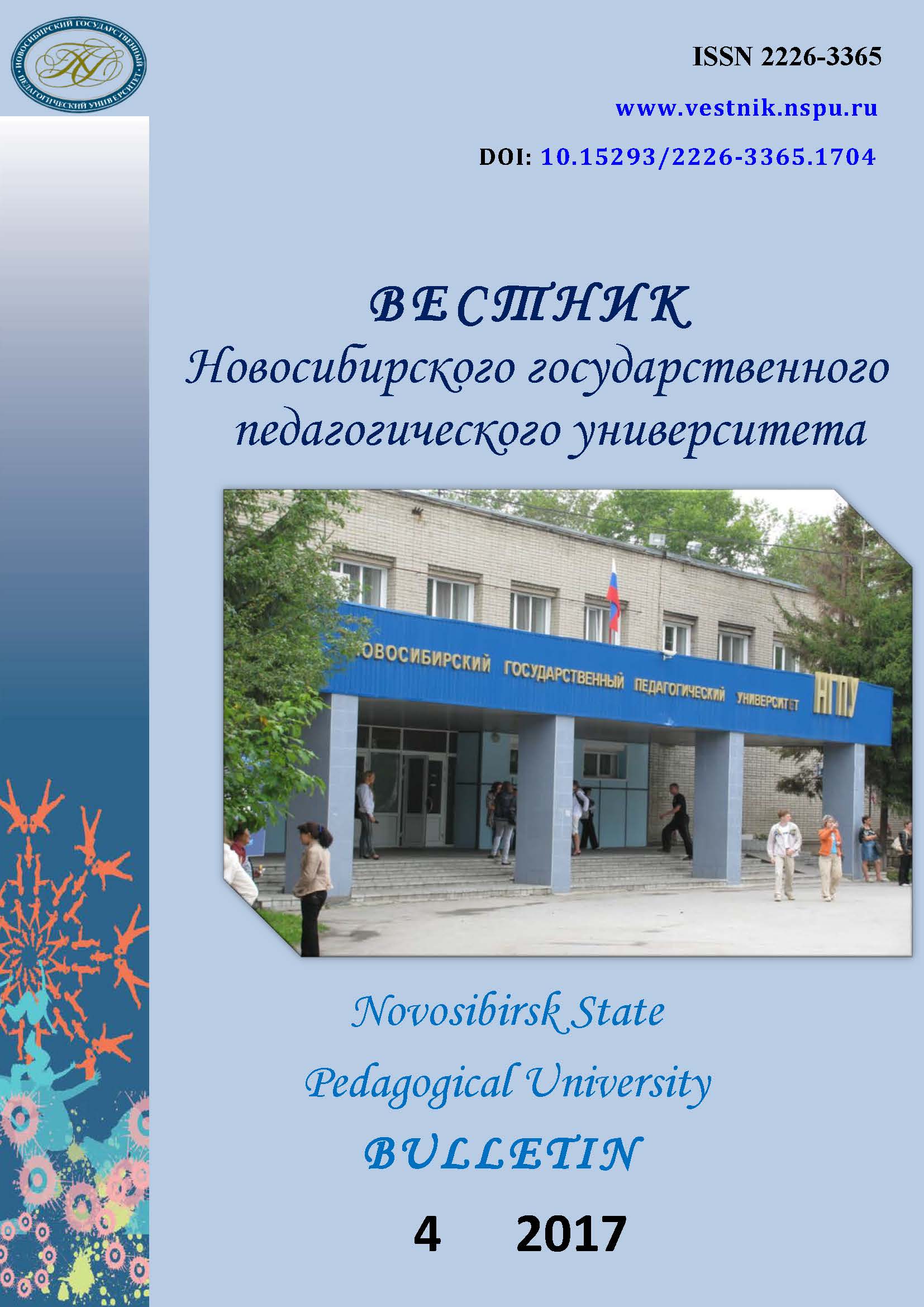О математической природе сообразительности
About the mathematical nature of acumen
Author(s): Victor Maratovich Trofimov Subject(s): Education, Semiotics / Semiology
Published by: Новосибирский государственный педагогический университет
Keywords: Modeling; TRIZ methods; Geometric images; Technical creativity; Visualization; Turbulence; Signs; Cognitive semiotics
Summary/Abstract: Introduction. The use of geometry in the description of nature, beginning with the Platon-ic solids, has gone a long way up to modern string theory. It seems, it is no accident that geome-try has always been a reliable tool for modeling complex phenomena. The aim of the article is to find such universal geometric images, which would allow to visually illustrate the well-known techniques of the theory of solving inventive problems. Materials and Methods. Based on the principle of minimum complexity, a combination of four identical figures is obtained as the basis for the method of creating geometric images. And by way of an elementary figure is chosen such a simple geometric object which contains asym-metry and curvature as a minimum of requirements for it as an elementary object. This choice of combination allowed to cover practically all methods of solving problems. The article provides examples the following techniques: the principles of subdivision, asymmetry, unification, taking, spheroidality, and local quality. Results. Heuristic methods of the Theory of inventive problem solving (TRIZ), being sup-plemented and developed around the world, need a compact representation. The inventive ex-perience of human beings has led to the fact that geometric shapes have become the most effective cognitive tools of practice. The article proposes a methodology of constructing visual images for TRIZ methods, which is illustrated by several examples. To assess the power of geometric images in solving complex problems in various areas of creative activity, examples are given from the field of mechanics and architecture. An example of the use of a chain line for the de-sign of temple vaults is based on the same fundamental principle of a minimum of the functional (potential energy) as an effective use of the same principle with respect to kinetic energy in solv-ing the problem of describing a turbulent flow where the geometrically formed images are organized circles. Conclusions. It is concluded that the correlation of appropriate geometric images at the very beginning of the scientific investigation seems to be underestimated when constructing ef-fective mathematical models.
Journal: Вестник Новосибирского государственного педагогического университета
- Issue Year: 7/2017
- Issue No: 4
- Page Range: 151-170
- Page Count: 20
- Language: Russian

